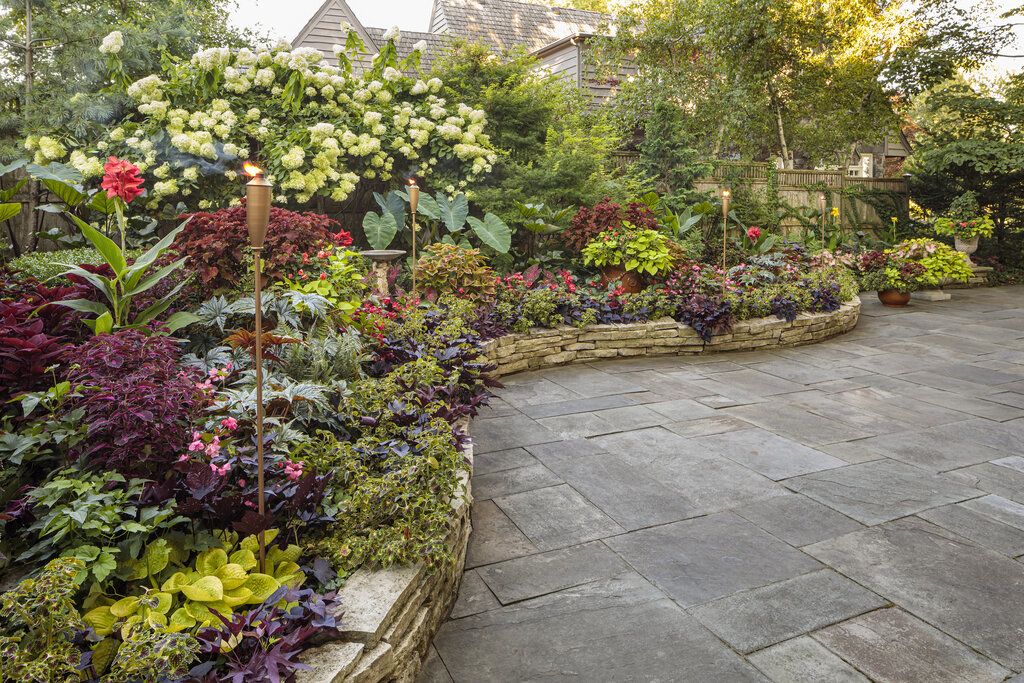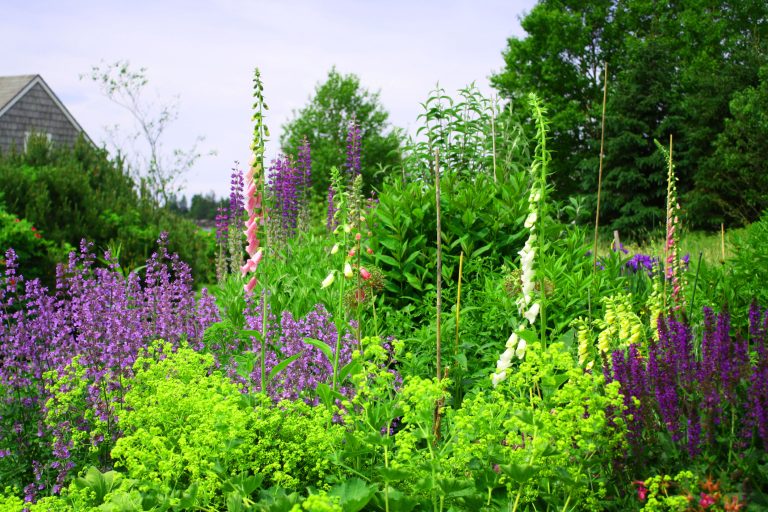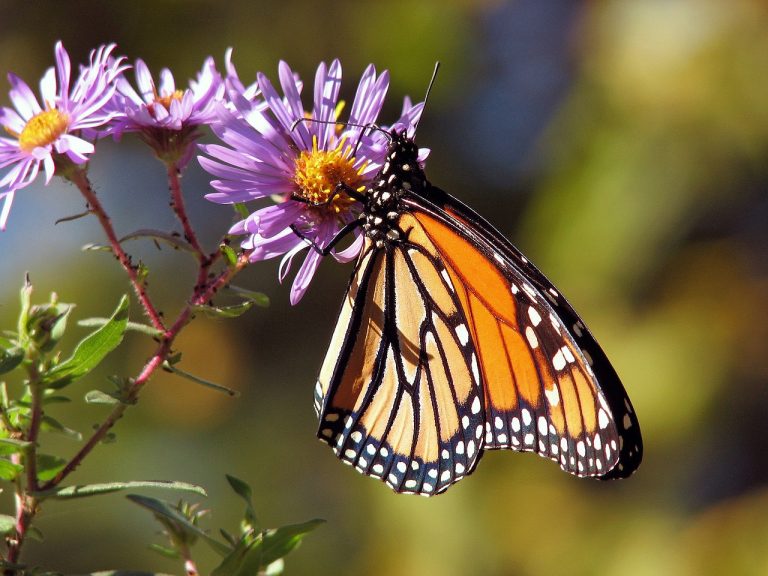

Get ready to conquer 2024 with a fresh set of garden goals! Stay tuned this week as we challenge you to try five new things to make this gardening season one for the record books.
Goal #1: The best way to expand your knowledge of plants is to try at least a few new varieties you’ve never grown every year. Even seasoned pros who have been gardening for decades do this! The 5 top pick annuals pictured here will get you started. Stay tuned for many more new plant profiles of annuals, perennials, shrubs and houseplants to come in the days and weeks ahead.
Garden goal #2 for 2024: Conserve water. Whether or not your area is faced with watering restrictions or drought, everyone can play a role in conserving this most precious resource. Here are 6 ways you can achieve this garden goal:
Garden goal #3 for 2024: Support more pollinators. It’s never too late to work towards fostering a healthier environment for pollinators. Here are 6 tips to help you pick the right plants, plant them in the right places, and grow them with maximum benefit to insects – as well as to you and your community.
Flowers for pollinators including gomphrena, salvia, sedum, diervilla, bee balm, clematis, penstemon, lantana and rose of Sharon.
Thank you for doing your part to support your local pollinator populations!
Garden goal #4 for 2024: Plan a bird-friendly backyard. Birds are fun to watch, but they also provide us with free pest control services. They help to balance the food chain by taking care of mice, moles, voles and insects that multiply rapidly. You’ll need fewer pesticides when birds do that important work for you.
Garden goal #5 for 2024: Learn from local gardening resources who know exactly what kinds of climate and gardening challenges you face where you live.
Seek out these local resources:


In an era where sustainability is more than a buzzword, Whispering Hills Garden Center

June is National Pollinator Month, a perfect time to celebrate the essential role pollinators
**IMPORTANT** Non e-commerce prices listed on various pages of this site, may not reflect the most up-to-date prices. Call to verify prices before coming in.
